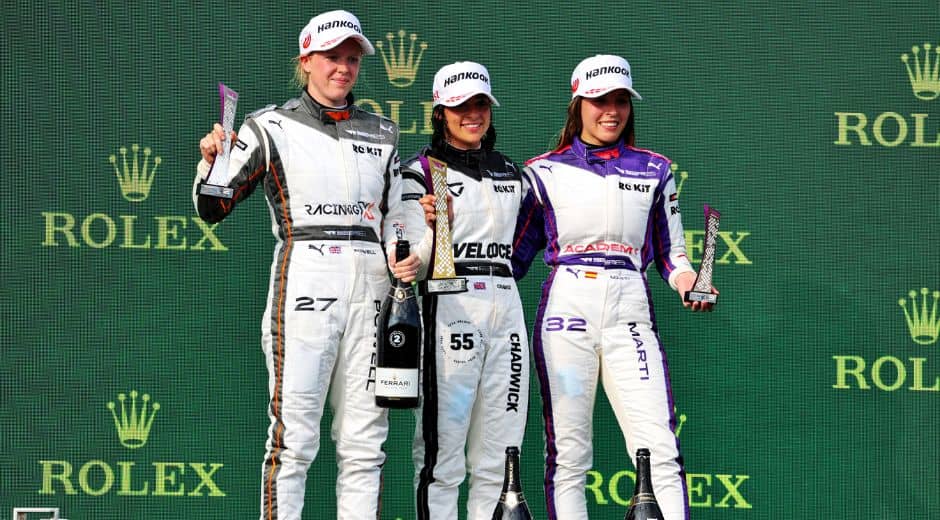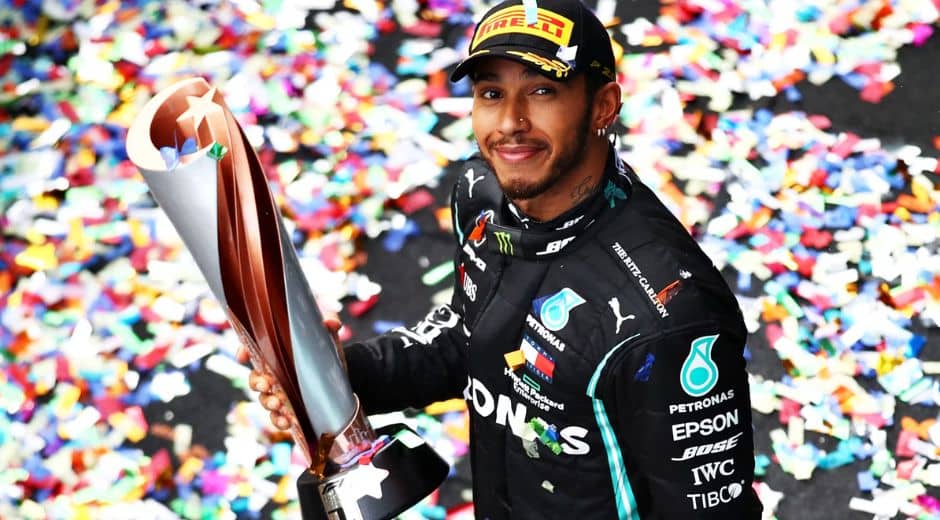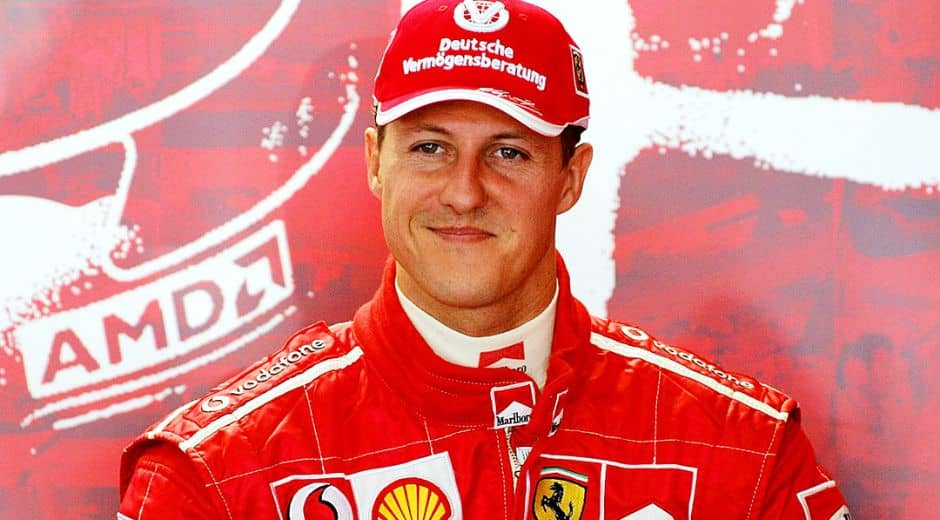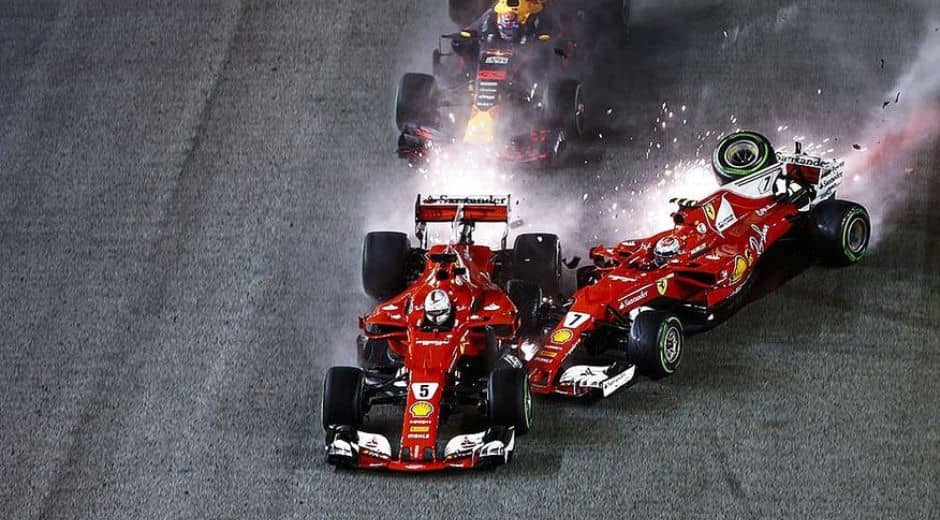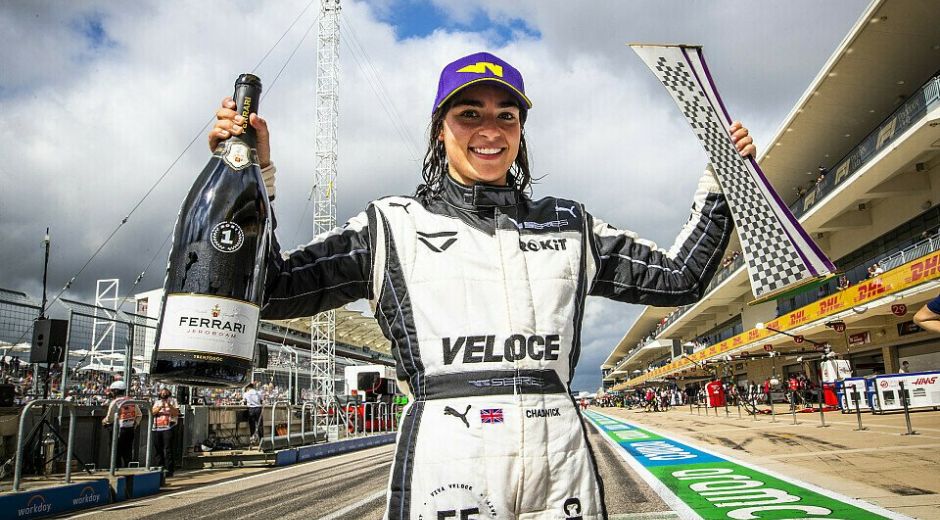Racing Against Odds: How Women Are Pushing Into Formula 1
Racing Against Odds:
How Women Are Pushing Into F1
The world of Formula 1 has long been male-dominated, yet the story of women in this sport is one of determination, resilience, and passion. Racing at the highest level requires exceptional skill, mental toughness, and a willingness to push boundaries. Today, women are gradually making their mark, challenging stereotypes, and inspiring future generations of drivers. The evolution of their presence in motorsports reflects broader societal changes and growing opportunities for women in competitive sports.
Early Pioneers in Women’s Formula 1 Racing
Women have been involved in motorsports for decades, but breaking into F1 was a monumental challenge. Drivers like Lella Lombardi, the only woman to score points in a Formula 1 World Championship race, paved the way for others. Lombardi’s achievements in the 1970s were remarkable, considering the limited support and recognition female drivers received at the time. These trailblazers demonstrated that racing talent transcends gender, even in a sport historically dominated by men.
Other early pioneers, like Divina Galica and Desiré Wilson, competed in various F1 and lower formula series, proving that women could handle the speed, precision, and pressure required at the top tiers of motorsport. Their efforts were instrumental in gradually opening doors for future generations.
Challenges Faced by Women in F1
Despite talent, women often face systemic barriers, limited sponsorships, and fewer opportunities in racing circuits. Societal perceptions and lack of mentorship have historically hindered progress. Female drivers frequently had to outperform male counterparts simply to gain attention. The physical demands, technical learning curve, and high stakes of motorsport can be intimidating without proper support. Yet, persistence, determination, and advocacy have begun to shift attitudes within the motorsport community.
In addition, media representation has been skewed. Early coverage often focused on appearance rather than performance. Slowly, this is changing as fans and journalists highlight skill, strategy, and results.
Modern Era: Emerging Female Talent
Today, programs like the W Series, designed exclusively for women drivers, are helping nurture talent and provide a clear path into professional racing. Drivers such as Jamie Chadwick, a multiple W Series champion, and Sophia Floersch, known for her remarkable comeback after a serious crash, exemplify how focused development programs can accelerate careers. These programs emphasize skill, strategy, and professionalism, helping women compete on equal footing in high-level motorsports.
Simultaneously, initiatives in karting, junior formula series, and international competitions are expanding opportunities for young girls to develop driving skills from an early age. These programs also provide exposure to sponsorships, mentorship, and networking, which are crucial for advancing in racing careers.
Training and Preparation
Success in racing requires more than natural talent. Physical fitness, reaction time, endurance, and strategic thinking are critical. Women drivers often follow rigorous training regimens that balance simulator practice, on-track driving, cardiovascular conditioning, strength training, and mental focus exercises.
Nutrition, recovery, and wellness play an equally important role. Platforms like BodyWellnessGroup provide insights into elite athlete conditioning, ensuring drivers maintain peak performance throughout long and demanding racing seasons. Mental resilience, focus under pressure, and adaptability are just as important as physical preparation.
Breaking Stereotypes and Inspiring Change
The growing presence of women in F1 is helping redefine the image of racing. Media coverage, mentorship programs, and visibility in motorsport campaigns challenge outdated notions and encourage younger girls to consider careers in the sport. Highlighting achievements on platforms like TasteFlavorBook showcases women’s contributions beyond the track.
Fans now follow female drivers’ careers closely, celebrate their victories, and support their development. Social media has amplified their stories, inspiring new generations to pursue racing professionally.
Technological and Tactical Expertise
Women in F1 are not just drivers—they are engineers, strategists, and innovators contributing to the sport’s evolution. Understanding vehicle mechanics, tire management, telemetry analysis, and data-driven race strategies are crucial aspects of racing, and female professionals are excelling in these domains.
Some women are also influencing car design and development, ensuring that technology and ergonomics support optimal performance. Their input helps the sport become more inclusive and forward-thinking, benefiting all competitors.
Future of Women in Formula 1
The future of women in F1 is promising. With increased support, sponsorships, and visibility, the number of women entering racing is expected to grow. Emerging talent, combined with specialized programs and industry advocacy, promises exciting developments.
As barriers continue to fall, the focus on merit, skill, and professionalism will help women claim more prominent positions on and off the track. The path ahead also includes fostering diversity, encouraging girls from all backgrounds to participate, and celebrating milestones that highlight their contributions to racing history.
Conclusion
Women’s journey in F1 demonstrates that racing is no longer exclusive to men. By breaking barriers, pushing limits, and excelling both on and off the track, women are transforming the sport. Their story is one of courage, perseverance, and triumph. For more inspiring stories, updates, and insights into motorsports and athletic careers, explore SportsSoulPulse.
The Pulse of Sport

Endurance: The Engine Behind Basketball Greatness
Endurance: The Engine Behind Basketball Greatness

The Acceleration Factor in Modern Football
The Acceleration Factor in Modern Football

Precision in Tennis: The Secret Behind Elite Performance
Explore how strategy, technique, mental strength, and physical mastery shape elite tennis performance in today’s fast-evolving sport.
